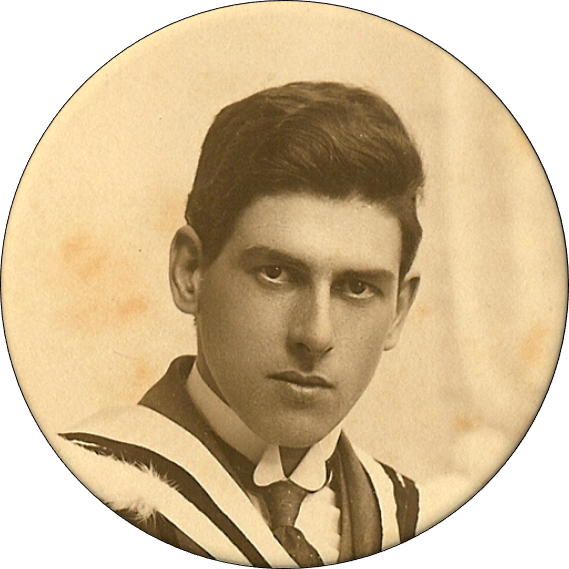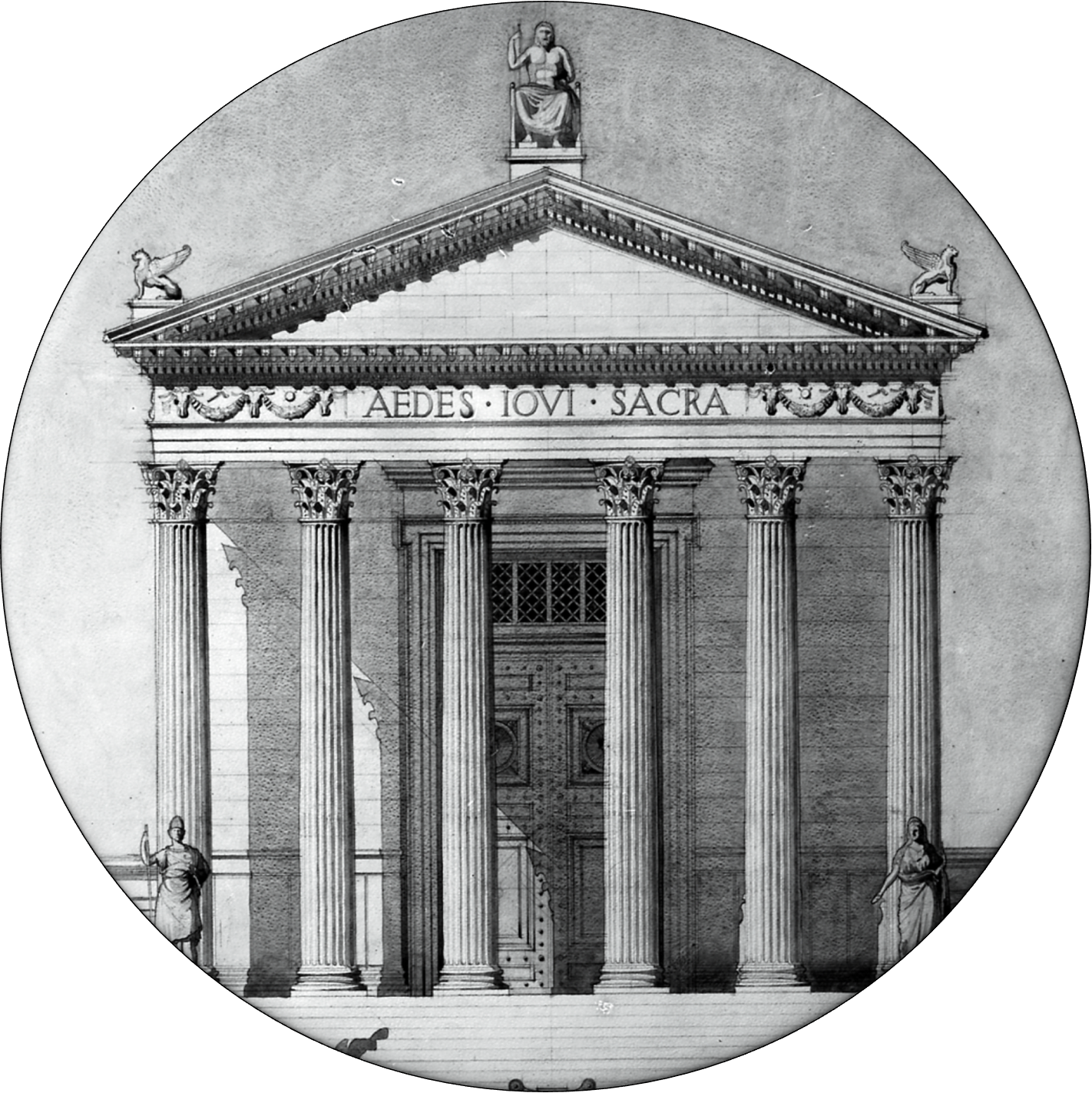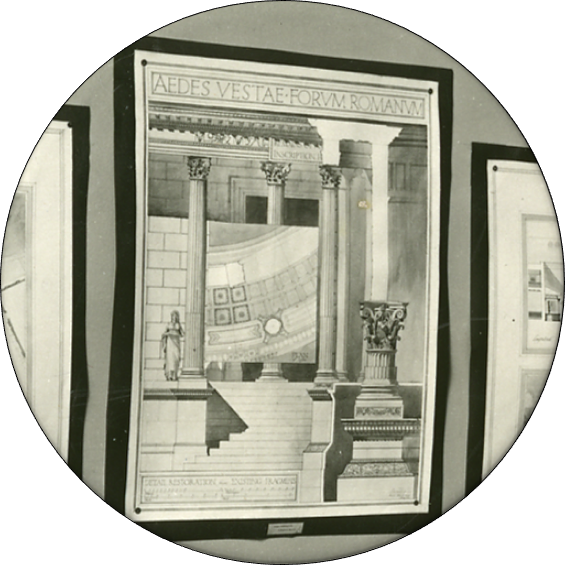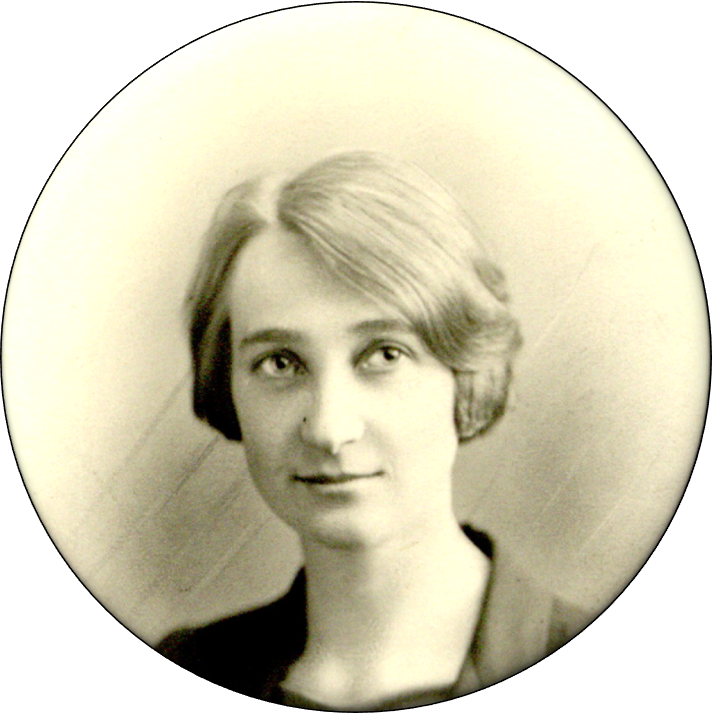
The son of fishmonger, Henry, and mother, Annie Louisa, Frederick O. Lawrence (c.1893-1971) was born and brought up in Liverpool in the north west of England. In 1913 Lawrence received a Certificate from the Liverpool School of Architecture, and was called to military service with the onset of the First World War. He served as a corporal in the Royal Engineers, spending some time in Egypt during the campaign. In May 1920 he was awarded the prestigious Rome Scholarship in Architecture, the first post-war award, for his competition entry to design the Houses of Parliament for a British colony.
The BSR’s Archive holds press clippings and letters documenting Lawrence’s admission. His proposal for the design of Courts of Justice was appreciated by the jury who supported references to classical tradition and highly developed draughtsmanship skills. Lawrence joined the BSR community, along with other recipients of the Rome Scholarship of 1920, such as engraving scholars Lilian Whitehead (1984-1959) and Job Nixon (1891-38).
In the BSR Archive, one can leaf through multiple studies of classical Italian architecture produced by Lawrence during his residency. In particular, the attention of the architects were directed towards the restoration of buildings in Ostia, the former thriving port city of ancient Rome and a site of ongoing archaeological excavations since the beginning of the nineteenth century. His field trips and studies of Ostia’s buildings resulted in a series of drawings which he called Ostia: From the Capitol to the Tiber. In one of the drawings, we can see focus fixed on the ‘actual’ ruined state of the Capitol and the restoration proposal with the elevation to the river Tiber. Other drawings show the proposal for the general plan, restoration of Ostian historic houses, the Bazaar, and the historical storage building Horrea Epagathiana et Epaphroditiana. You can learn more about the approach to architectural practice at the BSR’s Faculty of Architecture in the Architecture at the BSR page.
After completing the Rome Scholarship, Lawrence joined architectural practice Bradshaw, Gass & Hope before leaving in 1925 to take up a post with Edmund Kirby & Sons, a firm whose founder was renowned for his designs for Roman Catholic churches. Fred spent his life in Liverpool and continued to work in private practice until his death in 1971.

Where would you like to go next? Who would you like to meet?
For a full bibliography and further reading, see here.




